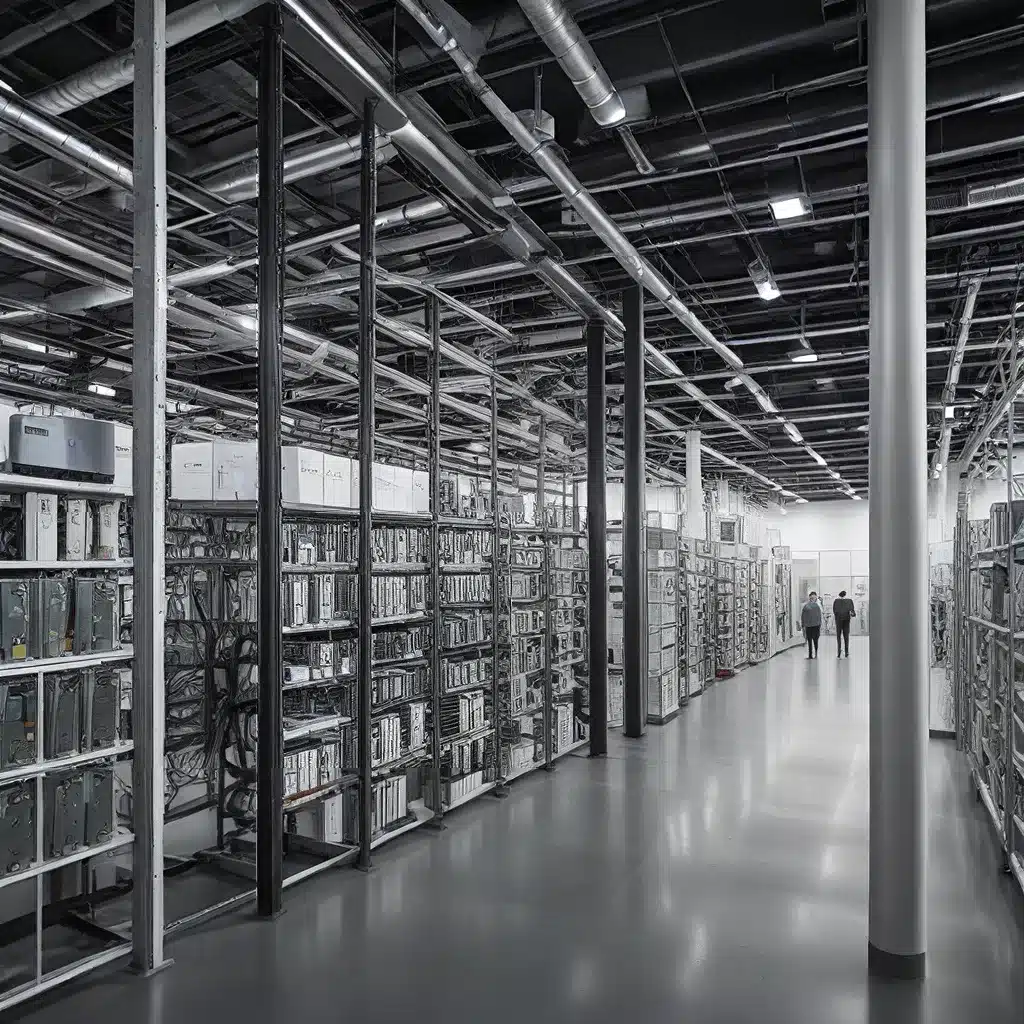
The Internet of Things (IoT) has revolutionized the way we interact with our environment, ushering in a new era of smart cities, efficient energy management, and enhanced user experiences. At the heart of this transformation lies the integration of sensor networks and Radio Frequency Identification (RFID)** technologies, which have enabled unprecedented levels of data collection, analysis, and automation.
The Convergence of Sensor Networks and RFID
Sensor networks are the backbone of IoT, providing the means to gather real-time data from a myriad of sources, including environmental conditions, industrial processes, and consumer behavior. These sensors, strategically placed throughout a given environment, continuously monitor and transmit information to a centralized system for analysis and decision-making.
RFID technology, on the other hand, facilitates the seamless identification and tracking of objects, assets, and even people. By embedding RFID tags in various items, organizations can efficiently manage inventory, monitor supply chains, and enhance security measures. The integration of sensor networks and RFID has unlocked a world of possibilities, revolutionizing the way we approach energy management.
Revolutionizing Energy Management
IoT has transformed the traditional approach to energy management, enabling smart homes, smart grids, and smart cities to optimize energy consumption and reduce costs. By leveraging sensor networks and RFID, these systems can gather real-time data on energy usage, monitor environmental factors, and automate energy-saving measures.
Smart Homes: Enhancing Comfort and Efficiency
In a smart home, a network of sensors and RFID-enabled devices work in harmony to create a personalized and energy-efficient environment. Thermostats, lighting controls, and appliances are all connected, allowing the system to anticipate and respond to the residents’ needs. For example, sensors can detect occupancy and adjust the temperature, lighting, and appliance settings accordingly, ensuring maximum comfort while minimizing energy waste.
Smart Grids: Optimizing Energy Generation and Distribution
The integration of sensor networks and RFID has also revolutionized the way energy is generated, distributed, and consumed in smart grids. Smart meters, equipped with sensors and RFID tags, provide detailed data on energy usage patterns, enabling utility companies to optimize generation and distribution. This, in turn, allows for more efficient load balancing, reduced peak demand, and the integration of renewable energy sources, contributing to a more sustainable energy ecosystem.
Smart Cities: Holistic Energy Management
Expanding the scope beyond individual homes and grids, smart cities leverage the power of sensor networks and RFID to manage energy consumption holistically. Street lights, traffic signals, and public buildings are all connected, allowing for centralized monitoring and control of energy usage. By analyzing data from these distributed sensors, city planners can identify opportunities for optimization, such as adjusting lighting schedules or implementing demand-response programs, ultimately leading to significant energy savings and a reduced carbon footprint.
Securing the IoT Ecosystem
As the IoT ecosystem continues to grow, the importance of security and privacy cannot be overstated. Sensor networks and RFID technologies, while enabling remarkable advancements, also introduce new vulnerabilities that must be addressed. Cybersecurity threats, such as data breaches, unauthorized access, and malicious attacks, pose serious risks to both individuals and organizations.
To mitigate these challenges, IoT developers and researchers are exploring robust authentication, encryption, and access control protocols. Techniques like Elliptic Curve Cryptography and Datagram Transport Layer Security (DTLS) are being implemented to ensure the confidentiality, integrity, and authenticity of data transmission within the IoT network.
Embracing the Energy-Efficient Future
The integration of sensor networks and RFID has ushered in a new era of energy management, transforming the way we interact with our built environment. From smart homes to smart cities, these technologies have enabled unprecedented levels of data collection, analysis, and automation, paving the way for a more sustainable and energy-efficient future.
As the IoT landscape continues to evolve, the synergistic relationship between sensor networks and RFID will undoubtedly play a pivotal role in shaping the next generation of energy management solutions. By embracing this convergence and addressing the associated security challenges, we can unlock the full potential of these transformative technologies, ushering in a future where energy efficiency, user comfort, and environmental sustainability coexist harmoniously.
Visit sensor-networks.org to explore more on the latest advancements and applications of sensor networks and IoT in the realm of energy management.